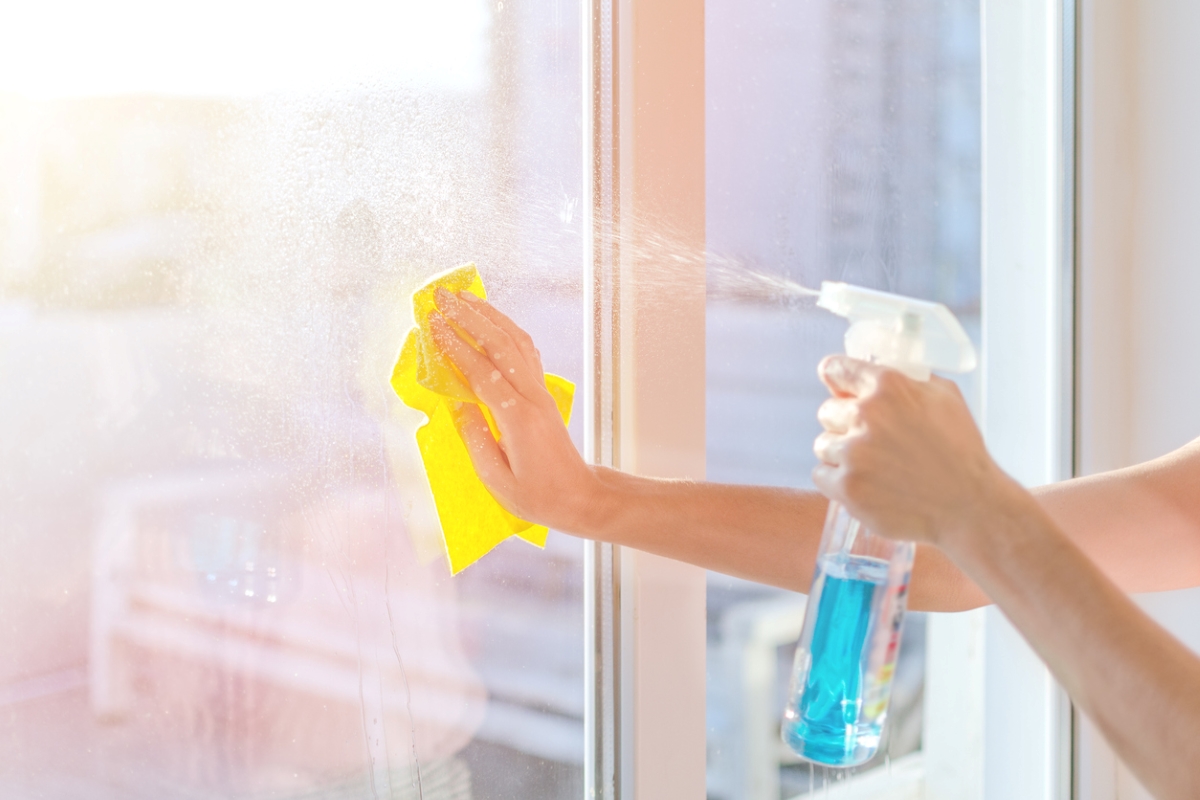

We may earn revenue from the products available on this page and participate in affiliate programs. Learn More ›
The familiar blue window cleaner that we all grew up using can do lots more than just clean windows. Windex might just be the go-to tool for your household chore. Its proprietary mix of ingredients—ammonium hydroxide, 2-hexoxyethanol, and isopropanolamine to name a few—a powerful cleaning agent.
Though it is a versatile cleaning product, the ammonia in Windex can be toxic to children and pets, so store it safely out of reach. Put on plastic gloves since the combination of ammonia and alcohol in the cleaning solution can irritate sensitive skin. Note, too, that ammonia-free Windex formulas are recommended for some of the following uses.
1. Clean Jewelry
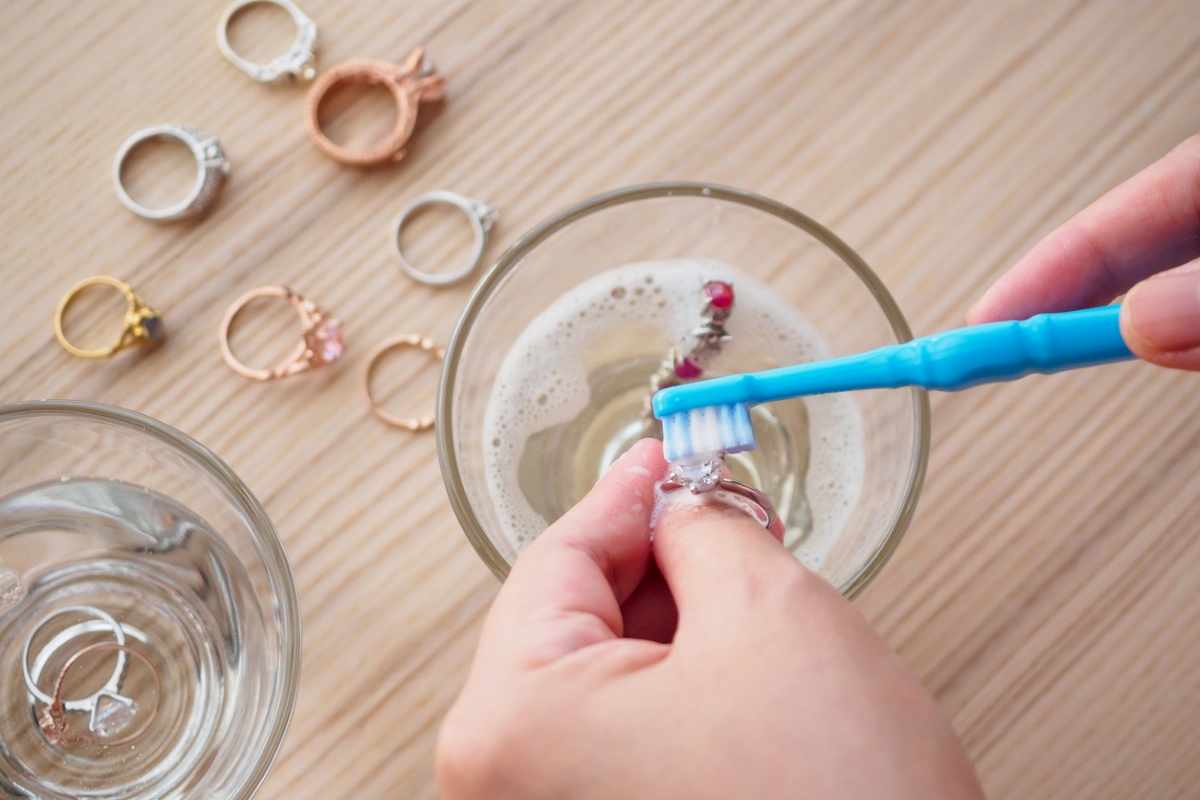
Windex contains many of the same ingredients as pricey jewelry cleaner such as ammonia, alcohol, and surfactants. Brighten metal and gemstone jewelry by simply spraying the piece with Windex and scrubbing lightly with a toothbrush. Then rinse with cool water, wipe with a lint-free cloth, and wear. (Don’t try this trick on soft, porous jewelry, like opals, turquoise, pearls, shell, or coral—ammonia-based cleaners are a no-no.)
RELATED: 20 Crazy Cleaning Tips That Actually Work
2. Banish Laundry Stains
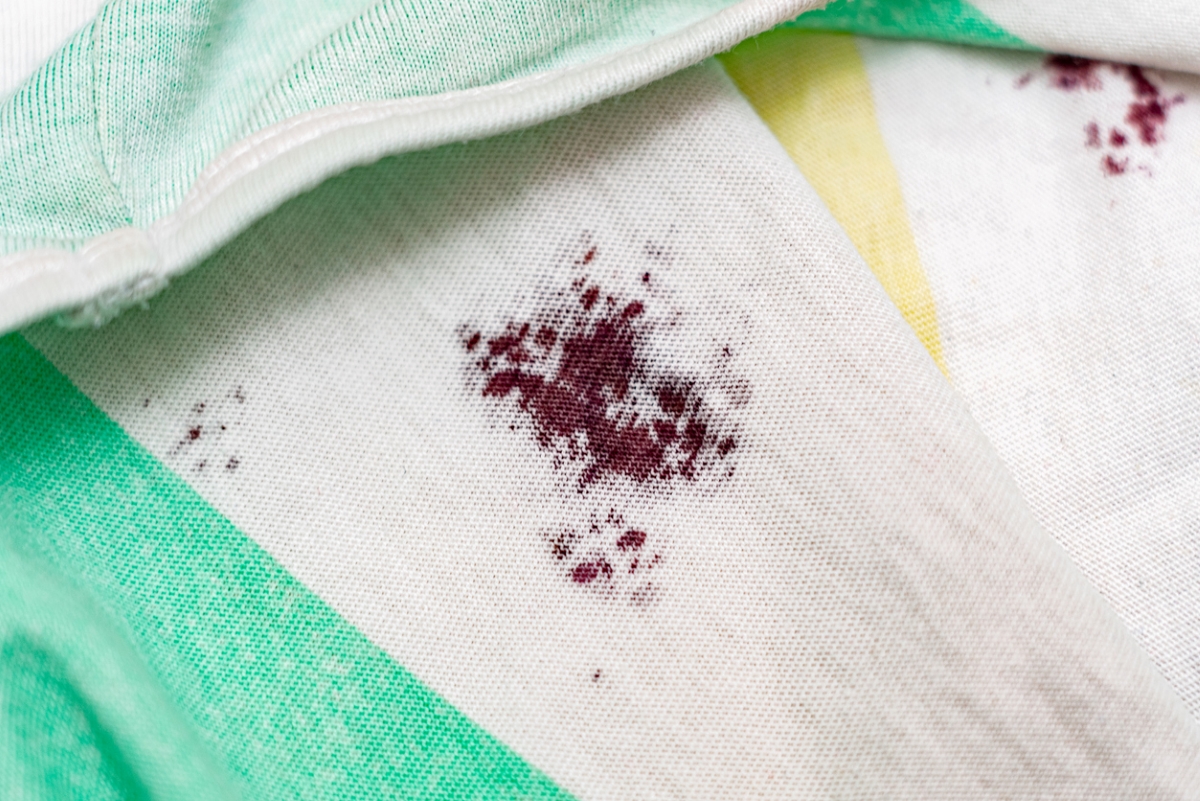
Ketchup, tomato sauce, and red wine are the downfall of many a dress shirt. As long as you’re not dealing with delicate silk fabrics, Windex can be an effective cleaning agent for breaking down and removing stains. The solvents in Windex help loosen the stain while the surfactant (2-hexoxyethanol) helps disperse the stain molecules to prevent them from further staining the fabric while rinsing it. To remove stains, spray the garment lightly with Windex and let sit for 15 minutes. Blot it with a clean cloth, rinse with cold water, and wash as recommended. For best results, use Windex Powerized Glass Cleaner with Ammonia rather than an ammonia-free formula.
RELATED: The 13 Best Things You Can Buy for Your Laundry Room (for Under $50)
3. Kill Bugs
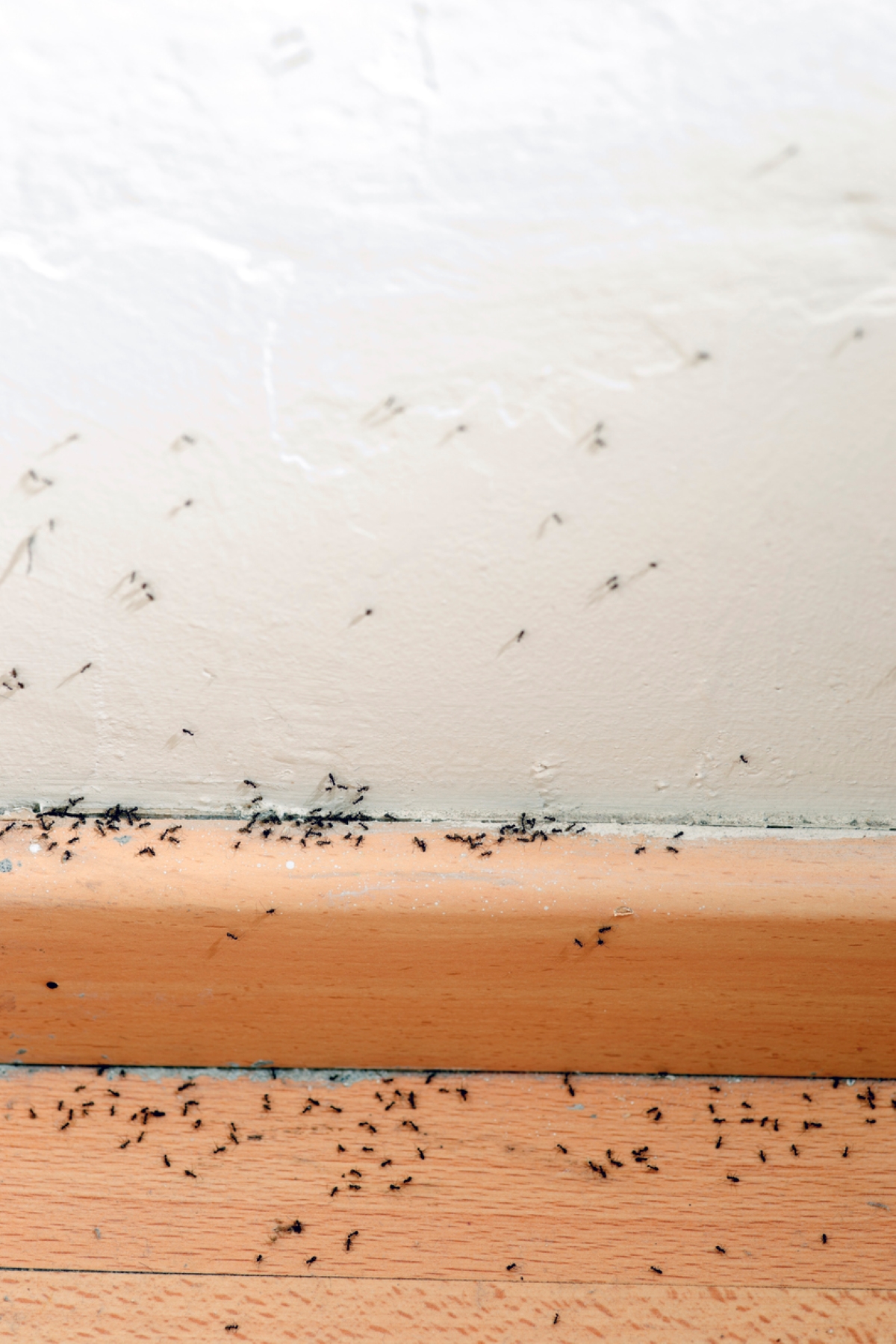
Pests bugging you? Spray a bit of Windex on small ones, like ants or mosquitoes, and they’ll curl up and die within minutes. Don’t try this on bees or wasps, however—Windex won’t kill them instantly, and you might get stung. While you might see claims of the cleaner as an insect repellent, it really only works on contact while still wet.
RELATED: Pests, Be Gone! 11 Natural Ways to Make Your Home Critter-Free
4. Clean Car Windows and Interiors

Ammonia-free Windex is effective for getting rid of built-up gunk on car windows, mirrors, glass, chrome, stainless steel, plastic, and vinyl. You can also use Windex to clean dead bugs and tree sap from the surface of your car: Just spray, let sit for a few minutes, and then wipe clean. Be sure to check the label before using Windex; an ammonia-based formula can damage window tint, upholstery, and other surfaces in your car.
RELATED: Best Car Accessories: 19 Gadgets Your Ride Really Needs
5. Degrease Kitchen Surfaces
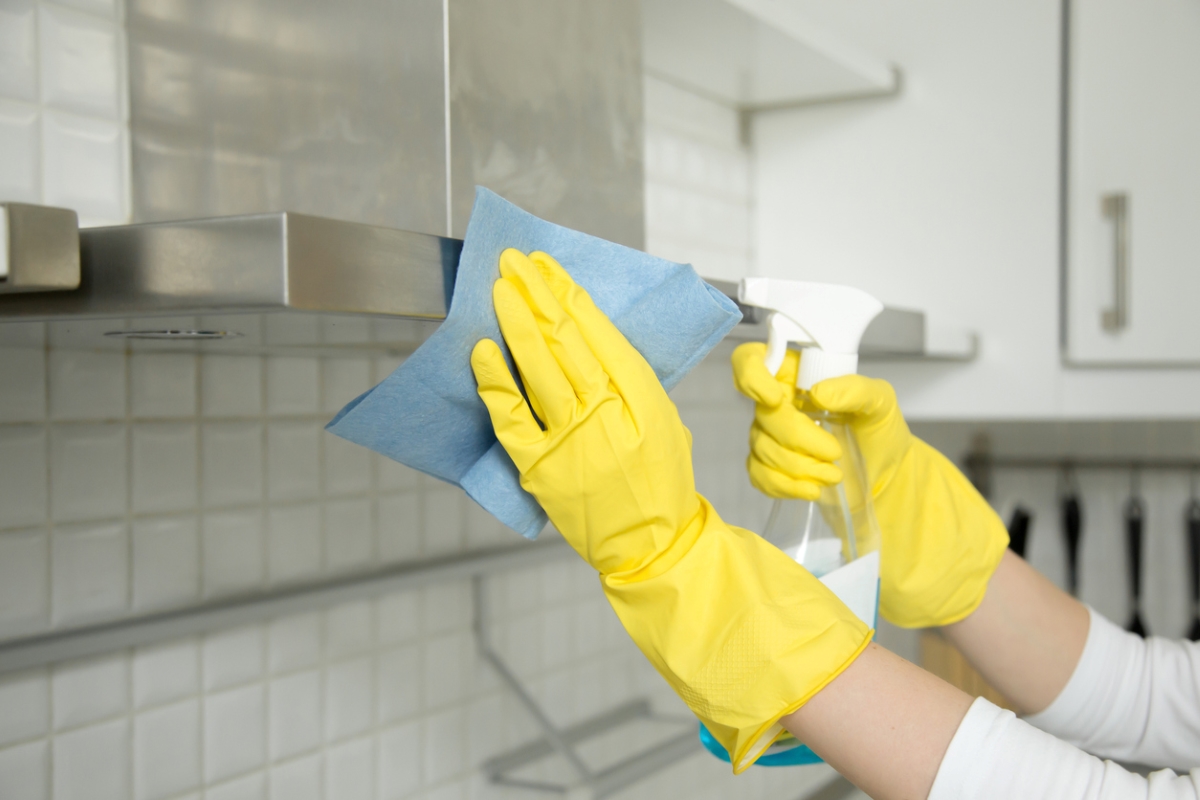
An extremely effective degreaser, Windex can soften built-up grease throughout the kitchen, especially on hard-to-clean range hoods, fans, and light fixtures. It works due to its formidable combination of solvents and surfactants, which are designed to break down harsh substances like grease. Spray the surface liberally, let it stand for 10 minutes, and then wipe it off. Be sure to rinse the surface thoroughly with water to eliminate any cleanser residue—you don’t want that on food preparation surfaces.
RELATED: 131 Ways to Fake a Clean House
6. Clean Countertops
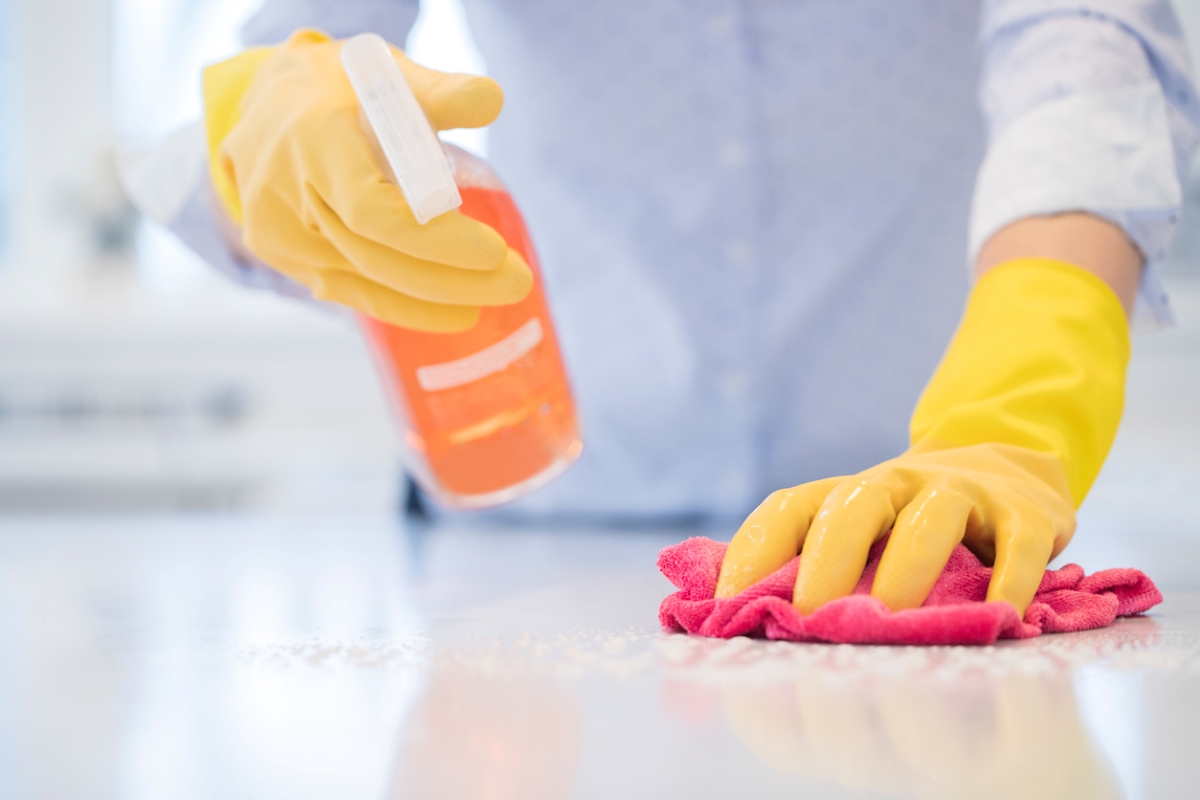
Backsplash and countertop messes won’t stand a chance against Windex. The product works on laminate countertops and many glazed tile backsplashes or surrounds, as well as porcelain. It won’t erode or damage grout, but ammonia can strip sealer and leave a blue tint on some light grouts. Avoid use of ammonia-based or acidic products on granite and thoroughly rinse and wipe down food-contact surfaces.
RELATED: 10 Ways You’re Accidentally Ruining Your Countertops
7. Wash Patio Furniture

Patio furniture can look a bit grungy after months of exposure to the elements. This easy clean comes in a blue bottle and is specifically formulated for outdoor windows, glass, doors, lamps, patio furniture, and more. Just attach the Windex outdoor sprayer to a garden hose, rinse and clean the surface, then let stand for about 15 seconds before rinsing the product off.
RELATED: The Dos and Don’ts of Cleaning Patio Furniture
8. Shine Crystal
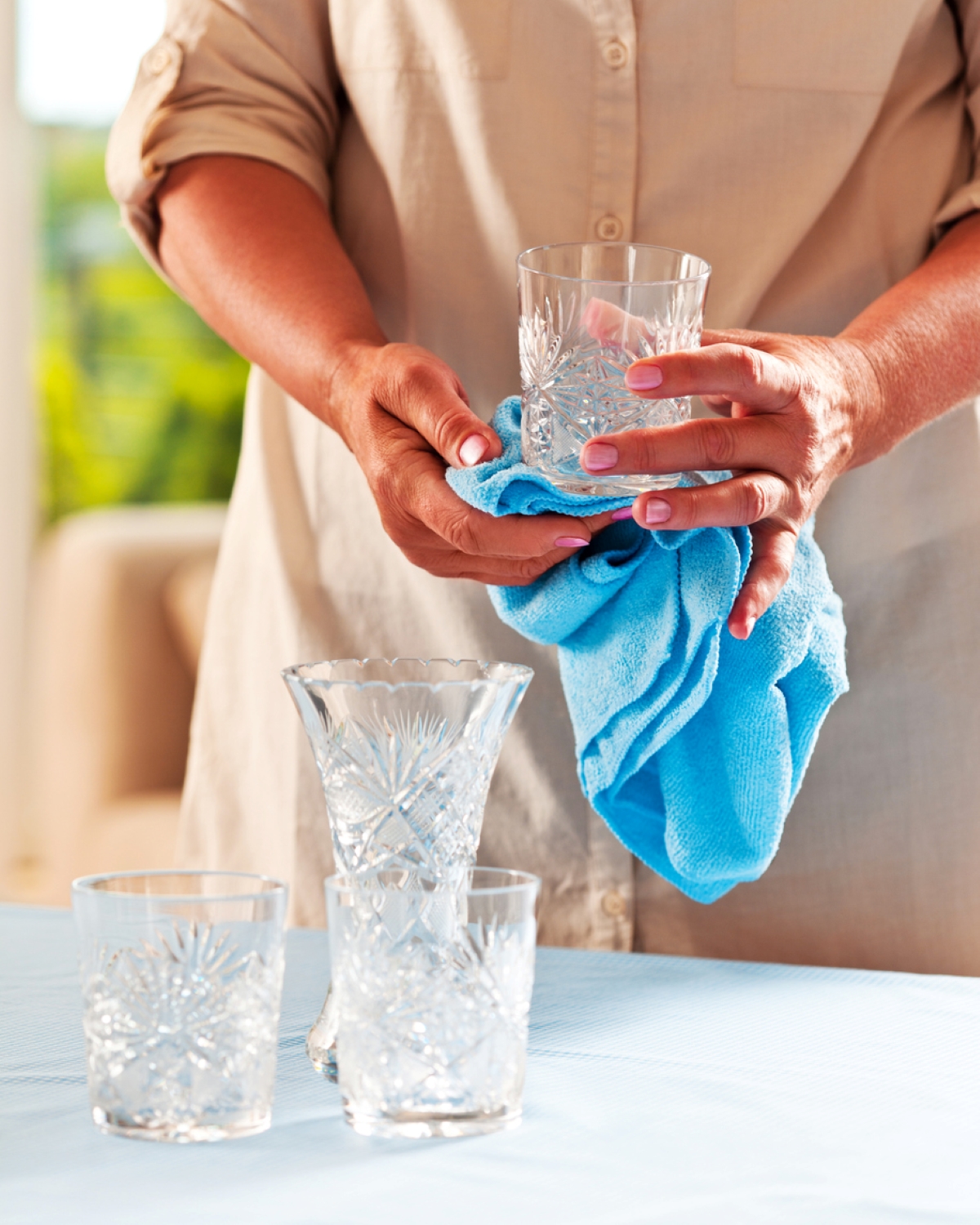
Decorative crystal and cut glass pieces can quickly become catchalls for dust. Spray each piece lightly with Windex and wipe carefully with a dry paper towel or lint-free cloth, and a cotton swab for smaller crevices, to restore to a sparkling shine. Don’t use Windex on painted or tinted pieces, however, as it may remove the pigment. Windex solution can be toxic to humans, children, and pets, so it’s a good idea to avoid using it on drinking glasses, utensils, or dishes you use for food unless they receive a thorough wash.
RELATED: How to Get Rid of Dust: 20 Simple Home Cleaning Tips
9. Clean Microfiber Upholstery
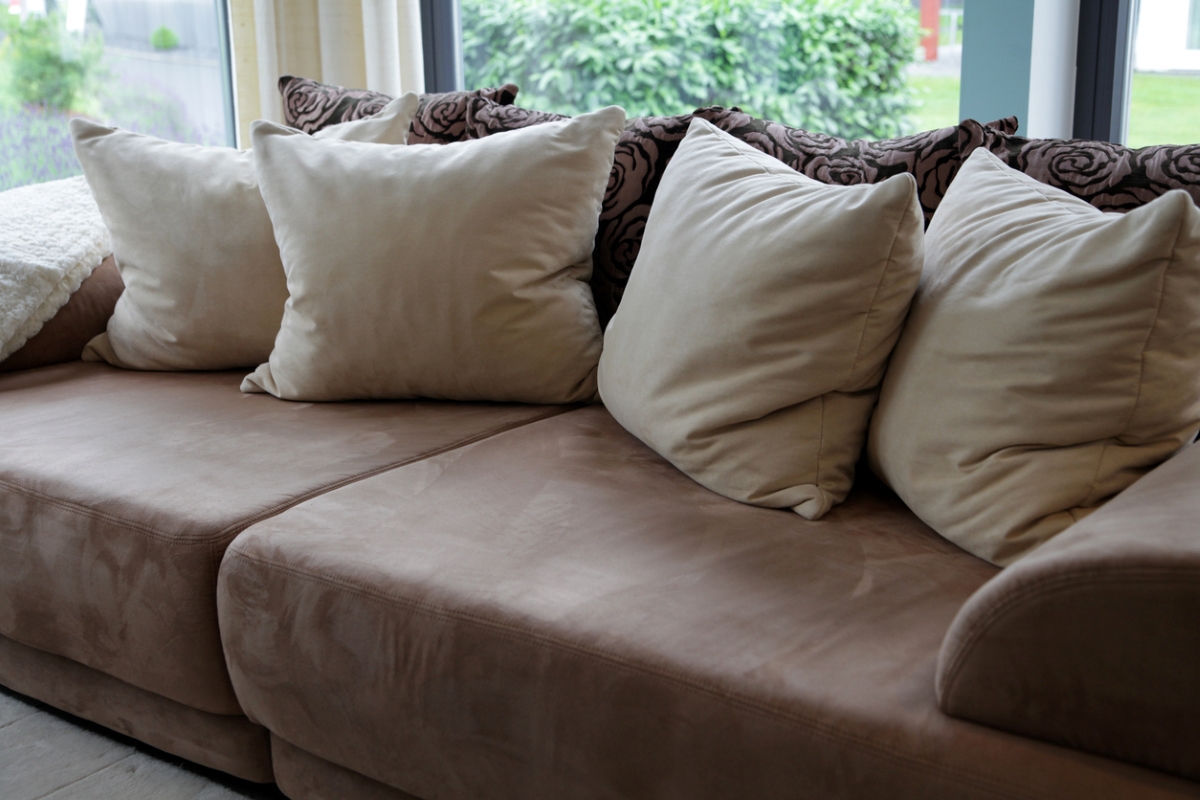
Synthetic microfiber is soft, durable, and attractive, but can be difficult to keep clean. Water can leave unsightly spots on some types of microfiber upholstery, but a spritz of ammonia-free Windex can work wonders on W-code microfiber (which is microfiber that can be cleaned only with water-based solution). Taking care not to soak the material’s fibers, spray the surface lightly then brush it very gently in the same direction with a soft-bristled scrub brush. Tough stains might require a second squirt of Windex.
10. Remove Stickers and Price Tags
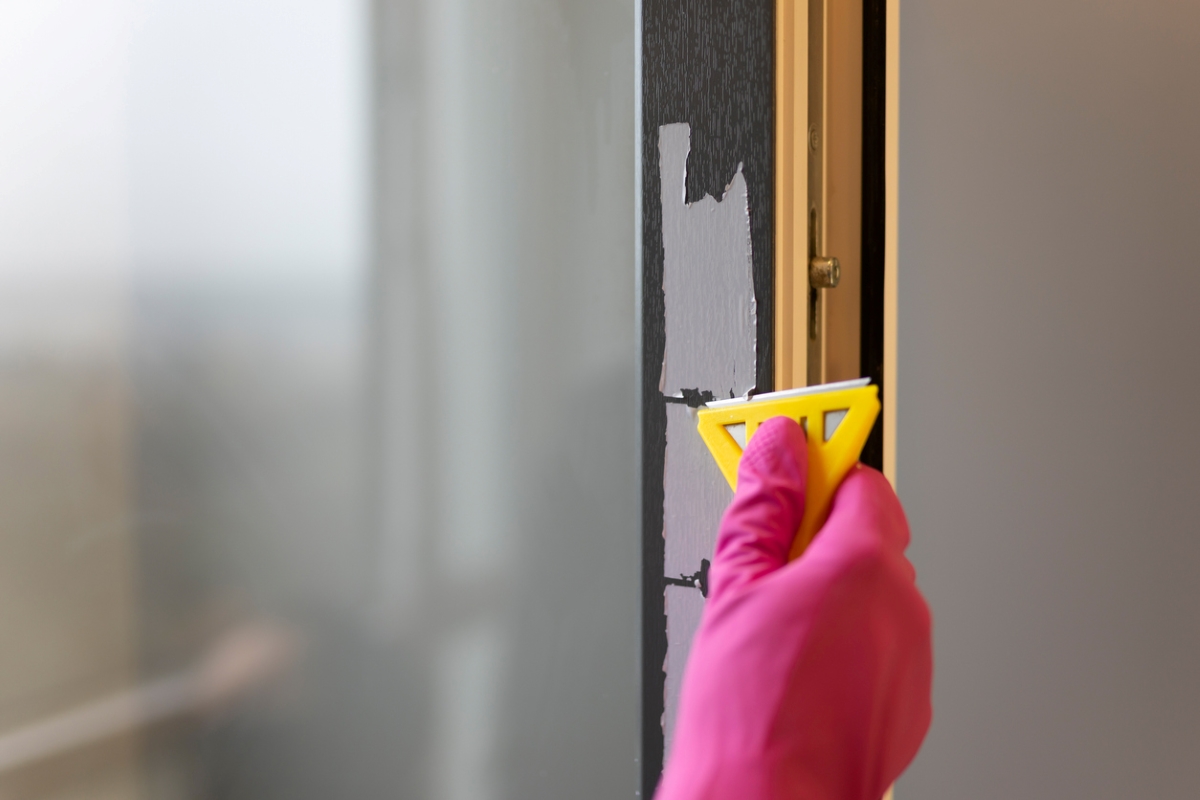
Kids love decorating their furniture and windows with stickers, but removing them can be a stubborn process. Windex can help. Spray a small amount onto the sticker or decal without oversaturating the surrounding surface and let it sit for a few minutes to loosen the built-up adhesive. Gently peel or scrape off the sticker. Windex works wonders to remove adhesive price tags from items like picture frames or mirrors.
RELATED: The Best Adhesive Removers
11. Spot-Clean Walls
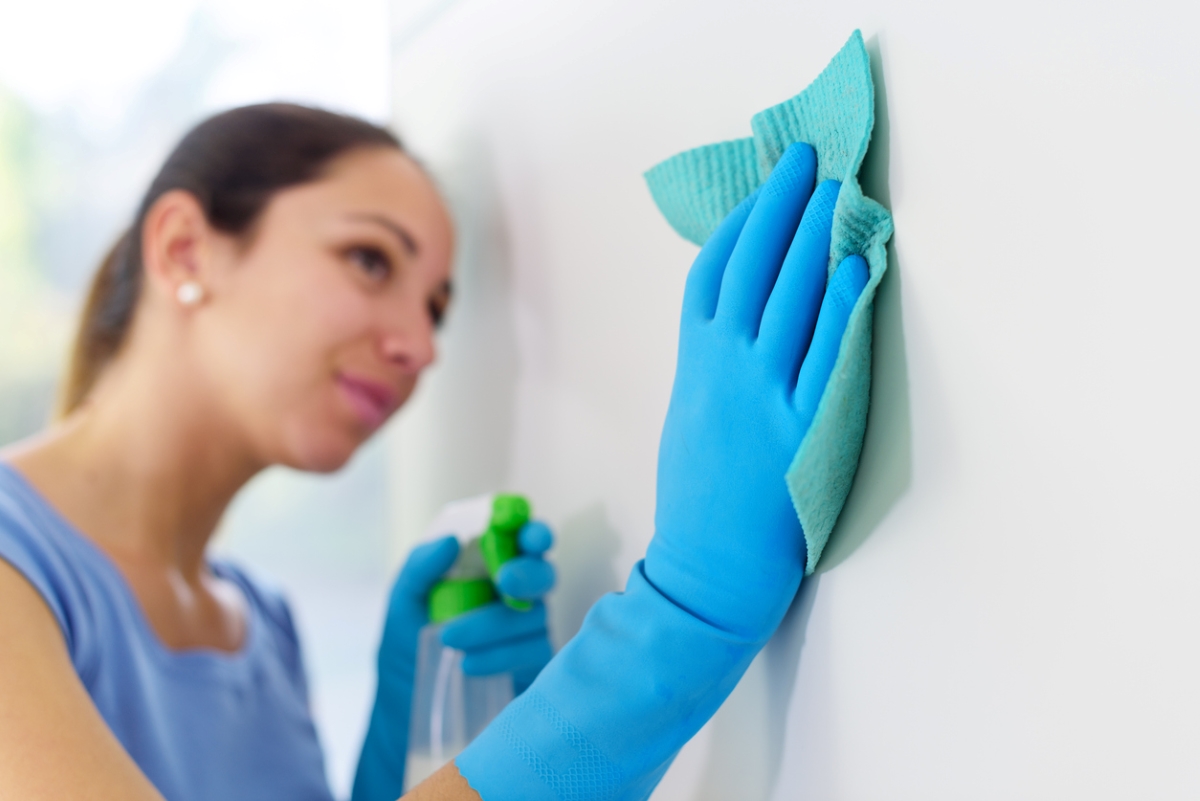
Have your kids drawn their interpretation of Starry Night on your living room walls? Bust out the blue bottle. Windex can help remove marker and crayon art effectively. Grab a clean cloth, spray some Windex, and gently rub away the wall doodles. Don’t go too wild, though—always test a small spot first to make sure the paint tolerates the treatment.
RELATED: How to Clean Painted Walls
12. Freshen Mattresses
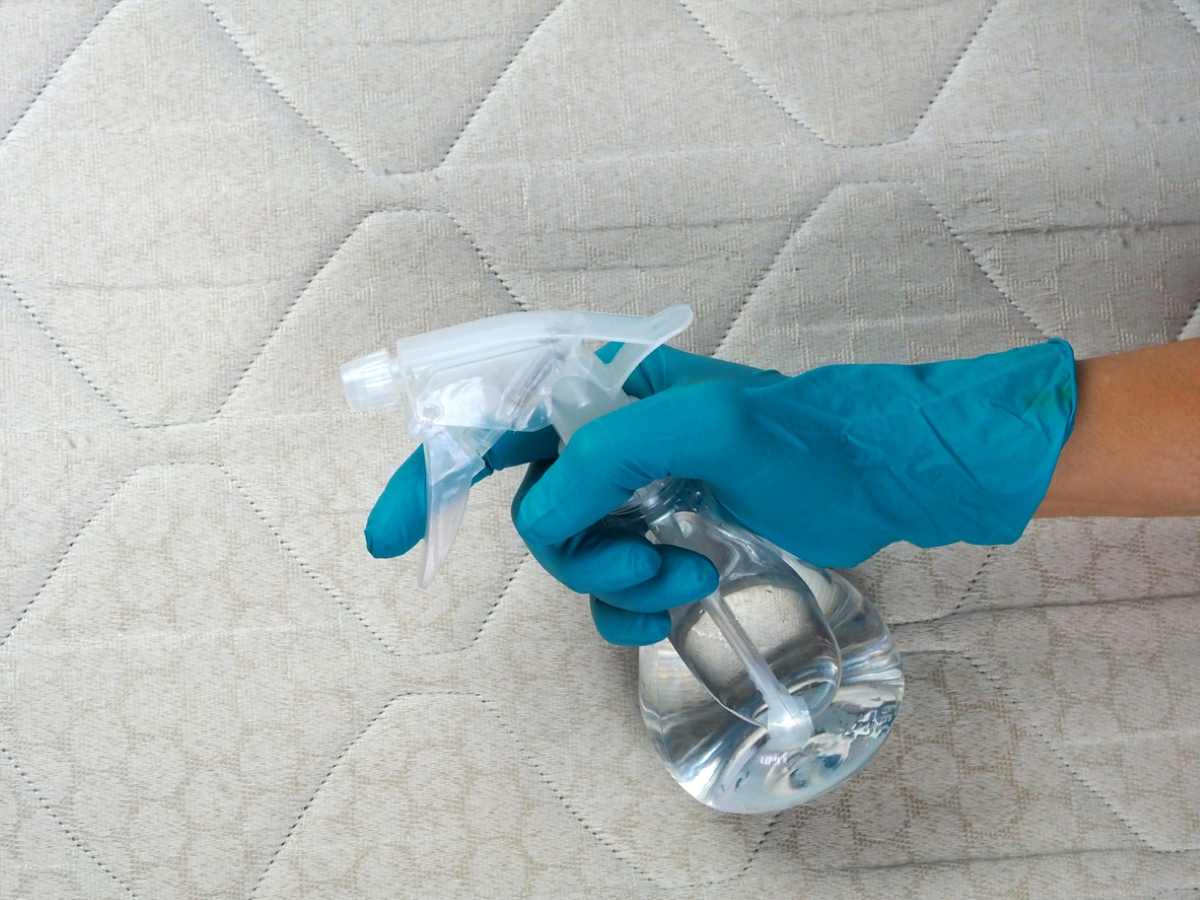
If your mattress is smelling a bit funky, grab a bottle of multi-surface Windex cleaner. Working in small sections, spray on Windex and dab it with a rag. Be sure to spot test first to ensure the cleaner is safe to use on your mattress, and don’t use on materials like memory foam unless the manufacturer specifically says to do so.
RELATED: 9 Ways You’re Ruining Your Mattress
13. Clean Faux Plants
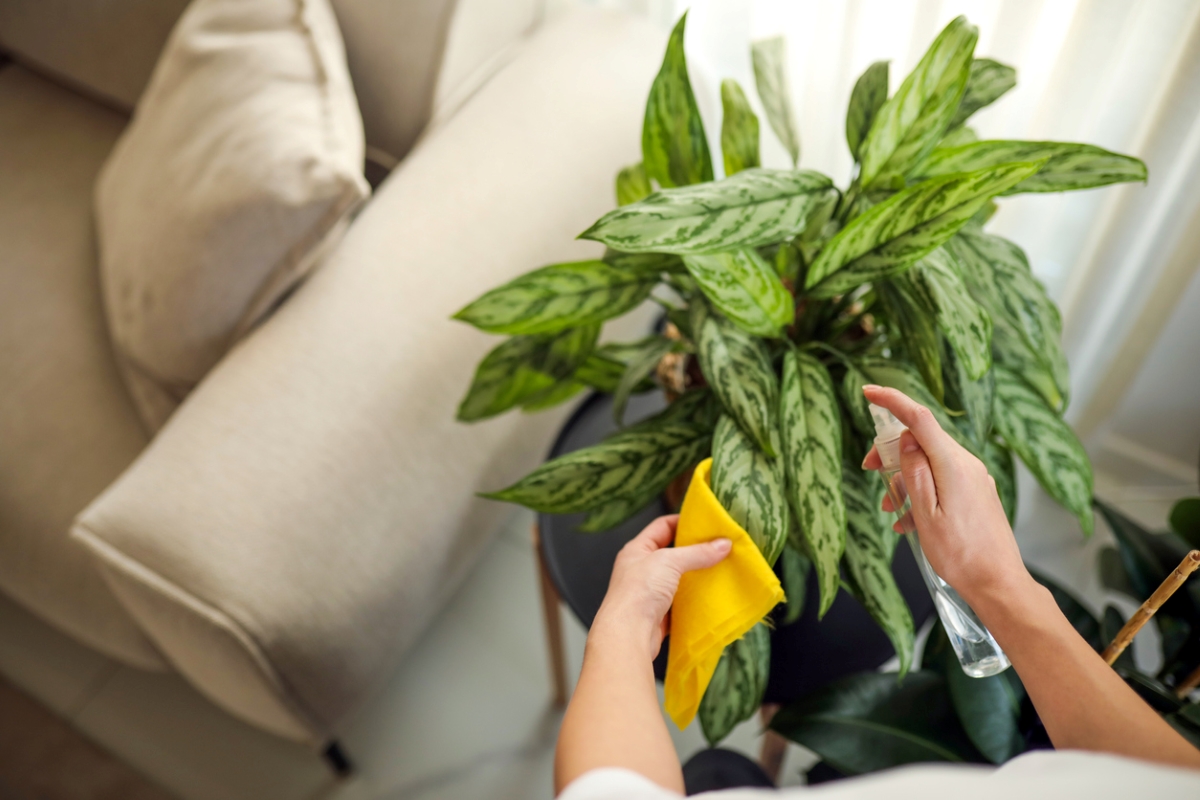
While fake plants are a no-effort and cost-effective way to bring greenery into a space, they will collect dust over time. Spray a bit of Windex (with or without ammonia) on the faux flowers and wipe them down with a dry paper towel or lint-free cloth. Using Windex wipes makes the task even easier. Test a leaf or two before cleaning the entire plant, however, to ensure it can withstand the solution.
RELATED: The 9 Best Places to Buy Fake Plants
14. Keep Tools Clean
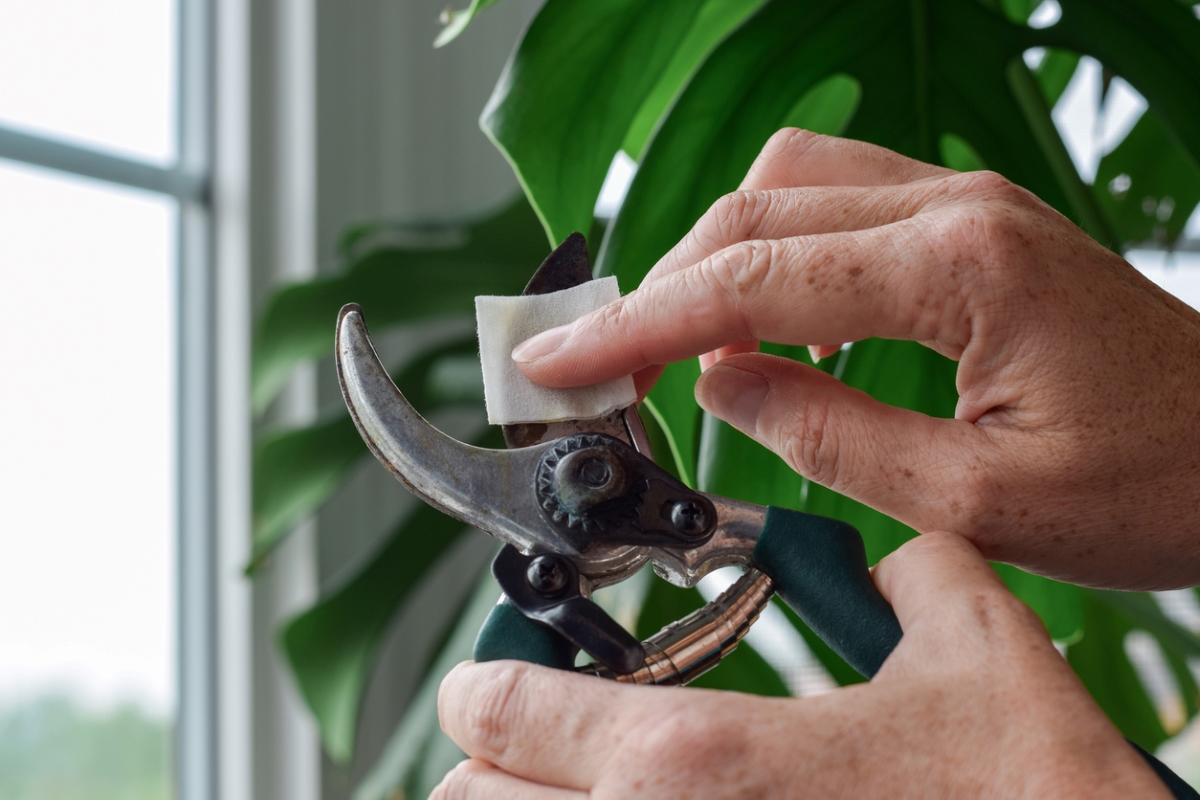
If the gear in your workshop has seen cleaner days, Windex can be a game-changer. Wipe down plastic, cases, boxes, chests, handles, shovels, pruners, and more. Dry them thoroughly before stashing them back in their designated spots.
